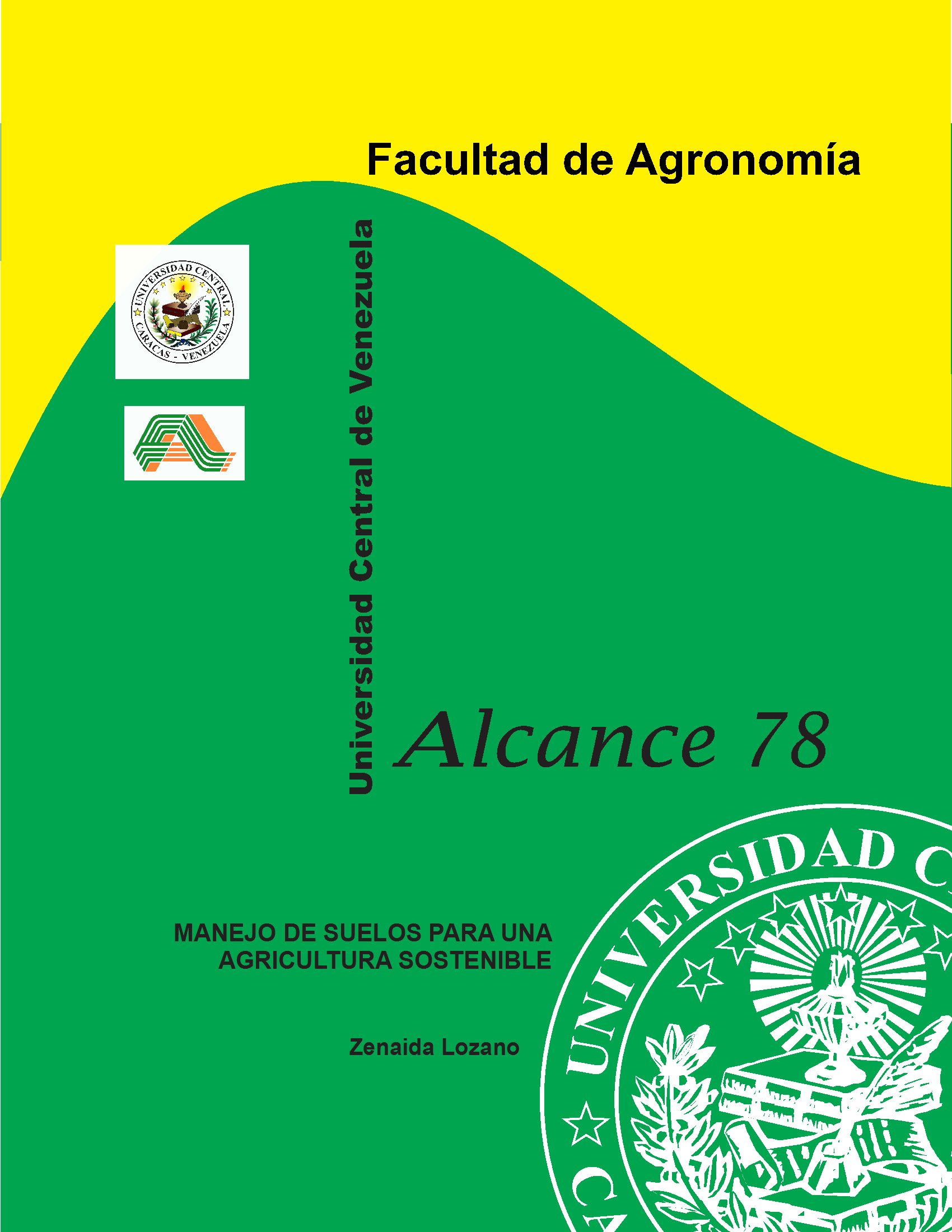Sobre la revista
La REVISTA DE LA FACULTAD DE AGRONOMÍA de la Universidad Central de Venezuela constituye un órgano divulgativo destinado a difundir conocimientos científicos y tecnológicos inéditos en el área de las Ciencias Agrícolas en el medio tropical, con el propósito de contribuir con la proyección social del conocimiento como estrategia para satisfacer las necesidades agroalimentarias y ambientales de las generaciones presentes y futuras.
ISSN 0041-8285
e-ISSN 1856-5573


